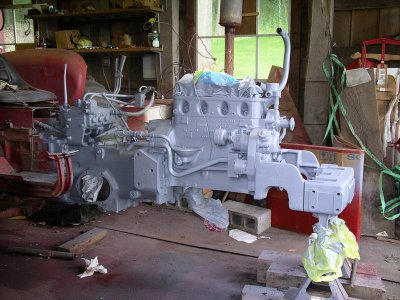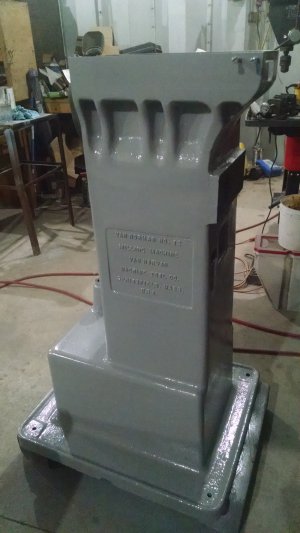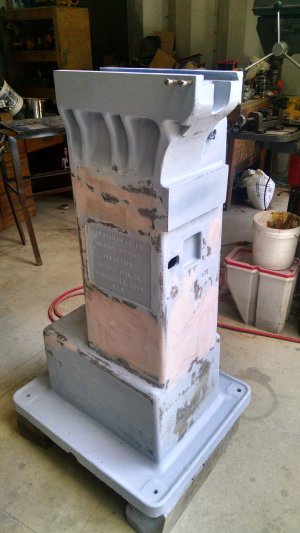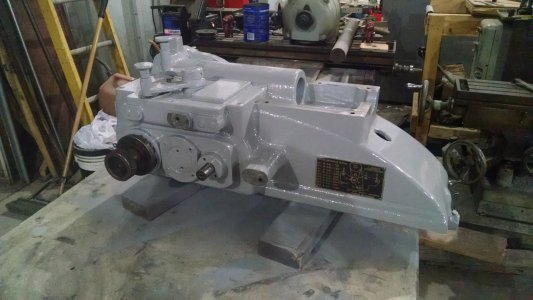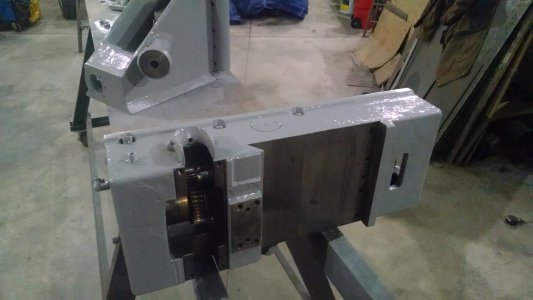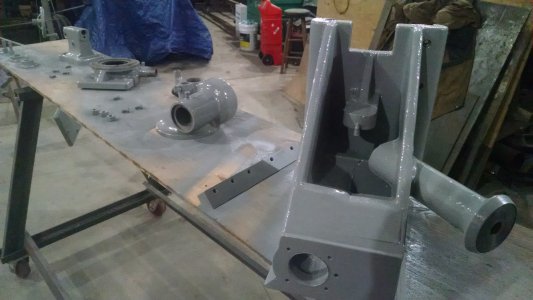Thought I should start a new thread on this.
As a good winter project I hope to restore an old VN 1/2 with a mounted Bridgeport M head, and thought I might work cleaning and painting the base into this summer's project lineup. Seemed simple and quick enough. The gray paint is flaking off and after helping it along with a gasket scraper, I searched online and learned what I thought was black base coat was actually factory applied filler. Then I found photos of people sandblasting and needle scaling it down to the base metal. What? Is there a reason to go to all that trouble? I can't imagine removing what appears to be a tightly adhered coating down to bare metal, just to repaint, for aesthetics. Is it an adhesion issue? Is that why the top coat is peeling so readily? Does anyone know why a light sanding of the filler followed by a solvent wipe, wouldn't be adequate prep for something like Rustoleum, or Zero Rust? I was going to brush paint it, but if adhesion is an issue, perhaps a primer is needed? I really have no desire to do the extra effort of removing the filler unless there's a really good reason!
I'd appreciate any experience on this. Thanks
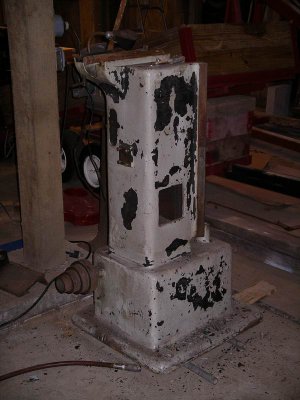
As a good winter project I hope to restore an old VN 1/2 with a mounted Bridgeport M head, and thought I might work cleaning and painting the base into this summer's project lineup. Seemed simple and quick enough. The gray paint is flaking off and after helping it along with a gasket scraper, I searched online and learned what I thought was black base coat was actually factory applied filler. Then I found photos of people sandblasting and needle scaling it down to the base metal. What? Is there a reason to go to all that trouble? I can't imagine removing what appears to be a tightly adhered coating down to bare metal, just to repaint, for aesthetics. Is it an adhesion issue? Is that why the top coat is peeling so readily? Does anyone know why a light sanding of the filler followed by a solvent wipe, wouldn't be adequate prep for something like Rustoleum, or Zero Rust? I was going to brush paint it, but if adhesion is an issue, perhaps a primer is needed? I really have no desire to do the extra effort of removing the filler unless there's a really good reason!
I'd appreciate any experience on this. Thanks



